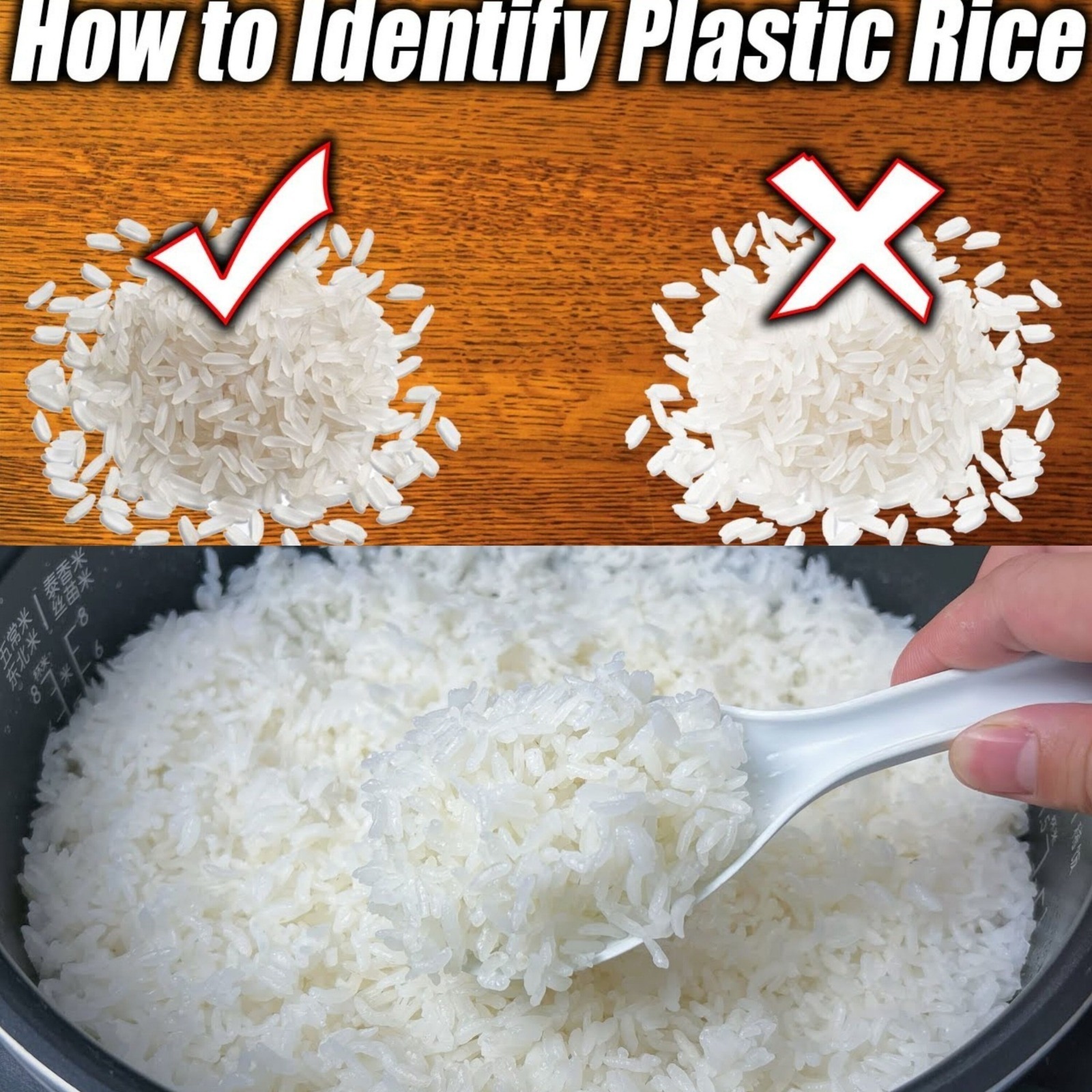ADVERTISEMENT
How to Tell the Difference Between Real Rice and Plastic Rice: A Beginner’s Guide
In recent years, reports have surfaced about counterfeit or “plastic” rice making its way into markets around the world. This fake rice, often made from synthetic materials like plastic or starch, can pose a serious health risk if consumed. Fortunately, there are a few simple tests and techniques that can help you distinguish real rice from fake rice before it ends up on your plate. In this beginner’s guide, we’ll explain how to identify the difference between real rice and plastic rice, keeping you and your family safe.
What is Plastic Rice?
Plastic rice is an illicit product designed to look like genuine rice but is made using a mixture of synthetic materials, such as plastic or a starch-based compound. It is often manufactured in countries where food safety regulations are lax and may be marketed at a lower price than authentic rice, making it an attractive option for unscrupulous sellers.
Although plastic rice doesn’t typically pose an immediate risk if ingested in small amounts, it can lead to serious health problems when consumed over time. The plastic components in fake rice don’t break down in the digestive system, and regular consumption could potentially lead to gastrointestinal issues, poisoning, or even long-term health problems.
Why Does Plastic Rice Exist?
The main reason for the production of plastic rice is economic. Counterfeit rice is often made from a mix of starch and plastic pellets that resemble real rice grains. It’s cheaper to produce and can be sold at a lower cost, which may make it attractive to sellers looking to maximize profits. Unfortunately, this means that unsuspecting consumers may end up buying a dangerous product.
How to Spot Fake Rice: The Key Differences
There are several easy methods you can use to check if your rice is real or fake. The most effective tests are simple and require common household items. Here are the top ways to tell the difference:
1. The Water Test (Floating Test)
One of the easiest and most effective methods for detecting plastic rice is the water test.
- Step 1: Take a small amount of the rice and place it in a bowl of water.
- Step 2: Stir the rice gently and observe what happens.
- Real rice will typically sink to the bottom of the bowl and settle there.
- Plastic rice, on the other hand, tends to float on the surface of the water due to its light, synthetic materials.
This is because plastic is less dense than real rice and does not absorb water like natural rice does.
2. The Fire Test (Burn Test)
Another way to tell if rice is real or plastic is by performing a simple burn test.
- Step 1: Take a few grains of rice and place them on a heat-resistant surface.
- Step 2: Light a match or lighter and hold it near the rice.
- Step 3: Watch the rice carefully as it burns.
- Real rice will burn slowly and turn to ash. You may see some of the rice grains turn into a fine, light powder as they burn away.
- Plastic rice will melt and produce a chemical odor. It might also form a hard, shiny residue similar to plastic, which is a clear indication that it’s not real rice.
Note: Always take care when using fire, and be cautious when performing the burn test to avoid burns or accidents.
3. The Visual Inspection
For Complete Cooking STEPS Please Head On Over To Next Page Or Open button (>) and don’t forget to SHARE with your Facebook friends
ADVERTISEMENT
